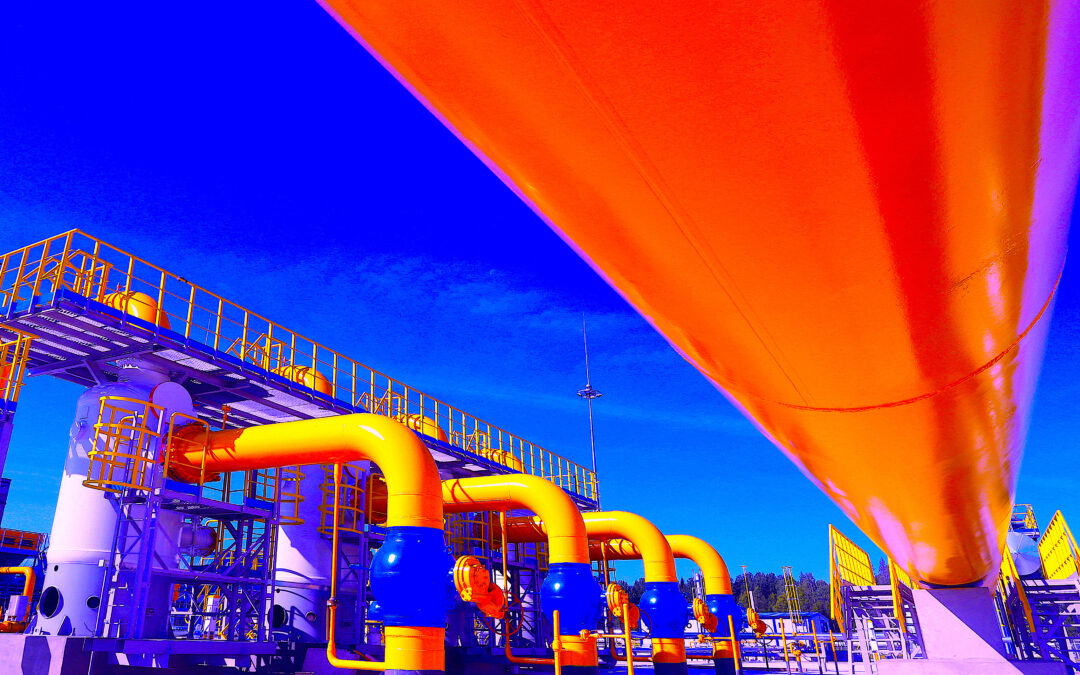It is not the purpose, nor within the scope of this article to give detailed field erection and installation specifications for the many rotating machines found in modern process industry. However, field erection and installation specifications are not left to chance at reliability-focused plants. They will be reviewed, understood, and approved by a competent machinery engineer, who represents the plant’s owner/operator and has a personal stake in the facility’s long-term reliable operation.
Good specifications have important things in common:
♦ The scope of a standard is always explained first. For instance, a field erection and installation standard would cover the mandatory requirements governing installation and erection for compressors and drivers that are mounted on baseplates or soleplates.
♦ Additional information is almost always superimposed on existing industry standards. An asterisk (*) might be used to indicate additional information is required. In that situation, the contractor may have to specify, and the Owner’s Machinery Engineer may have to approve information.
♦ A summary of additional requirements is provided. A separate tabulation of applicable cross-references will usually list documents that must be used with the particular standard.
♦ Design requirements are clearly explained. As an example, concrete foundations must be properly sized and proportioned for adequate machinery support and prevailing piping forces. The complete compressor train (compressor, gear, and motor or other drivers) must have a common foundation.
♦ Foundations must rest on natural rock or entirely on solid earth, or on good, well-compacted and stabilized soil. They must be supported on pilings that have a rigid continuous cap or slab cover.
♦ Foundations must be isolated from all other structures, such as walls, other foundations, and operating platforms. The design must avoid resonant vibration frequencies at operating speeds, 40% to 50% of operating speeds, critical rotor speeds, gear meshing frequencies, two-times operating speeds, and known, specified background vibration frequencies.
♦ The temperature surrounding a foundation must be analyzed to verify uniformity, so as to prevent any type of distortion and misalignment. Concrete foundations must also be properly cured (approximately 28 days) before loading.
♦ Foundation arrangements are described in considerable detail. Anchor bolts must be designed by specialty firms, and also must be sleeved. In most instances, a civil engineer will provide and/or certify a foundation drawing or separate foundation specification.
♦ Around the perimeter, a W‑8 or larger I‑beam must be properly anchored to the foundation for supporting small piping, conduit, and instruments. Auxiliary structures, including piping, merit special and separate design. The Owner’s Engineer ascertains that proper attention is given here.
♦ Typical compressor, gear, and motor foundation arrangements and baseplates must be completely filled with epoxy grout. Soleplates must be completely supported with epoxy grout.
♦ Reinforcing rods, ties, or any steel members must be a minimum of 2 inches (~50 mm) below concrete surface to permit chipping away 1 inch of concrete laitance without interference.
♦ A minimum space of 1 inch (~25 mm) must be provided between the foundation and chock block for proper grout flow. The maximum distance between foundation and baseplate should not exceed 4 inches (~100 mm). The minimum distance between foundation and baseplate should not be less than 2‑1/4 inches, (approximately 55 mm).
♦ For epoxy-chock applications, the distance between baseplate or soleplate and top of grout should be one inch (~25 mm), unless otherwise approved by the owner’s machinery engineer.
♦ The chock-block arrangement and installation are described. Chock blocks must be properly sized to distribute anchor- bolt and machine loads, so as not to exceed 10% of weakest compressive-strength material in the foundation structure. The customary design is 300 psi for concrete).
♦ Instructions and appropriate illustrations of field erection and assembly tools must be provided. For example, a special hydraulic-coupling, hub-to-output-shaft installation tool will probably be used in virtually any modern plant.
Today, much lip service is paid to reliability concepts and uptime optimization. These two goals often clash with the desire to award design and construction projects to Engineering, Procurement and Construction (EPC) contractors who, in turn, are driven by cost and schedule concerns. In those instances, an Owner/Operator would be foolish not to give utmost attention to the existence of specifications that reflect a reliability focus and uptime-extension goals. Reliability professionals, in turn, are then assigned to ascertain compliance with these specifications.TRR
Editor’s Note: Click Here To Download A Complete List Of Heinz Bloch’s 22 Books
ABOUT THE AUTHOR
Heinz Bloch’s long professional career included assignments as Exxon Chemical’s Regional Machinery Specialist for the United States. A recognized subject-matter-expert on plant equipment and failure avoidance, he is the author of numerous books and articles, and continues to present at technical conferences around the world. Bloch holds B.S. and M.S. degrees in Mechanical Engineering and is an ASME Life Fellow. These days, he’s based near Houston, TX. Email him at heinzpbloch@gmail.com.
Tags: reliability, availability, maintenance, RAM, field-erection specifications, field-installation specifications
.



